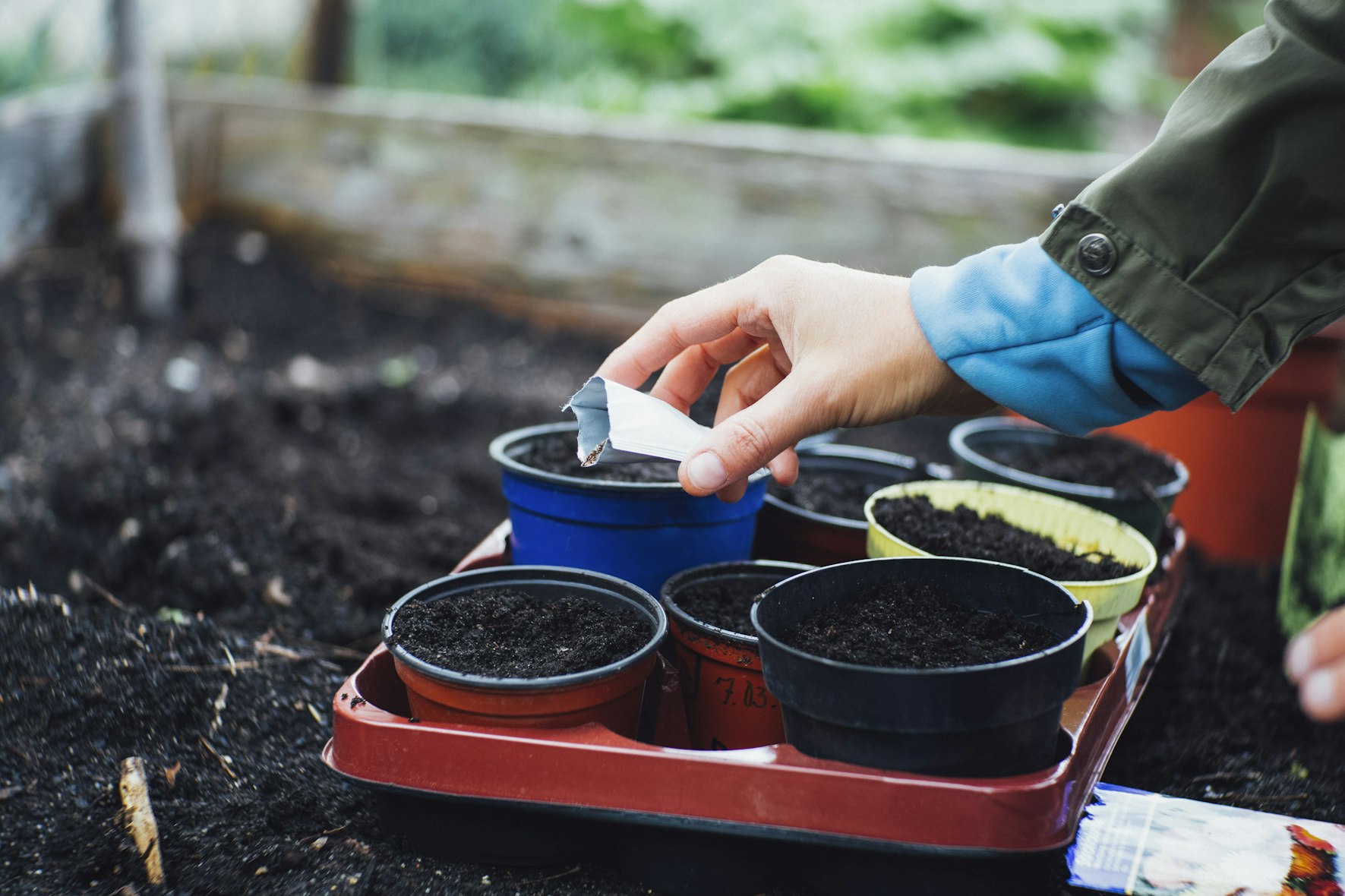Saving seeds from your garden is a rewarding and sustainable practice that allows you to preserve plant varieties, save money, and develop resilience in your crops. In this guide, we will walk you through the seed-saving process for eight popular crops: tomatoes, peppers, beans, lettuce, cucumbers, carrots, peas, and basil.
1. Tomatoes:
Type: Open-pollinated varieties are ideal for seed saving.
Process:
- Allow tomatoes to fully ripen on the vine.
- Scoop out seeds and pulp into a jar.
- Add water, cover, and let ferment for a few days.
- Rinse and dry seeds on a paper towel.
- Store in a cool, dry place.
2. Peppers:
Type: Both sweet and hot peppers can be saved.
Process:
- Allow peppers to fully ripen on the plant.
- Cut open and remove seeds.
- Rinse seeds thoroughly and air-dry on a plate.
- Store in a labeled envelope in a cool, dark place.
3. Beans:
Type: Many bean varieties are self-pollinating, making them excellent for seed saving.
Process:
- Allow pods to dry on the plant until they rattle.
- Harvest pods and shell beans.
- Spread beans on a tray to dry thoroughly.
- Store in a cool, dark place.
4. Lettuce:
Type: Lettuce is primarily self-pollinating.
Process:
- Allow a few plants to bolt and flower.
- Once flowers turn to seed heads, collect them.
- Rub seed heads to release seeds.
- Store in a cool, dry place.
5. Cucumbers:
Type: Open-pollinated cucumber varieties work best for seed saving.
Process:
- Allow cucumbers to fully ripen on the vine.
- Scoop out seeds and pulp into a jar.
- Add water, let ferment for a few days.
- Rinse and dry seeds on a paper towel.
- Store in a cool, dry place.
6. Carrots:
Type: Carrots are biennials, and seed saving occurs in the second year.
Process:
- Leave a few carrots in the ground over winter.
- In the second year, plants will produce flowers.
- Harvest seed heads, let them dry, and collect seeds.
- Store in a cool, dark place.
7. Peas:
Type: Peas are mostly self-pollinating.
Process:
- Allow pea pods to fully mature on the plant.
- Harvest when pods are dry and seeds are hard.
- Shell peas and air-dry them.
- Store in a cool, dark place.
8. Basil:
Type: Basil is a self-pollinating herb.
Process:
- Allow a few basil plants to flower.
- Harvest when flowers turn brown and seeds form.
- Rub seed heads to release seeds.
- Store in a cool, dark place.
General Tips for Seed Saving:
Isolation Distances:
To maintain the purity of your seed stock, consider planting different varieties with adequate isolation distances to prevent cross-pollination.
Healthy Plants:
Choose the healthiest and most vigorous plants for seed saving to ensure the next generation inherits strong genetics.
Drying:
Ensure seeds are completely dry before storing them to prevent mold and degradation. Proper drying times vary by plant type.
Labeling:
Clearly label your saved seeds with the plant type, variety, and the date of collection to keep track of their viability.
Storage:
Store seeds in airtight containers or envelopes in a cool, dark place. Consider adding silica gel packets to absorb moisture.
Germination Testing:
Periodically conduct germination tests to check the viability of your stored seeds. This ensures you’re using viable seeds for future plantings.
Legal Considerations:
Some plant varieties are protected by patents or licenses. Ensure you are compliant with any legal restrictions on seed saving.
Seed saving is a valuable skill that empowers you to become more self-sufficient and resilient in your gardening endeavors. By following these guidelines for eight popular crops, you can contribute to the preservation of plant diversity while enjoying the benefits of cost-effective, sustainable gardening practices. Experiment with seed saving, refine your techniques and create a cycle of abundance in your garden for years to come.

Leave a Reply